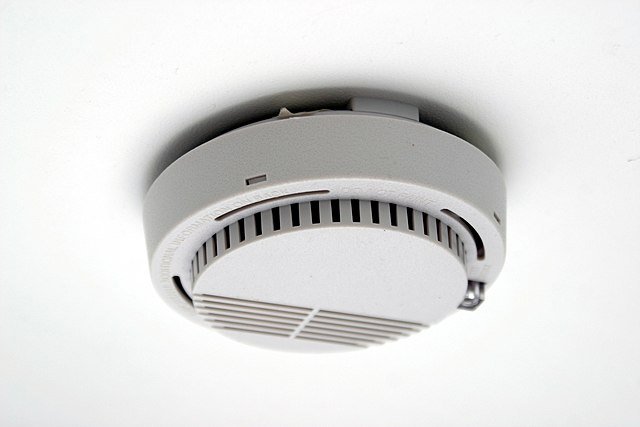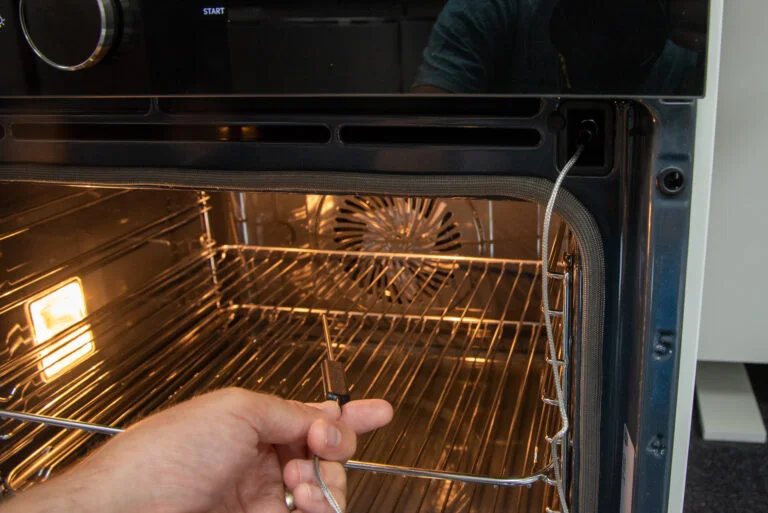Unseen Guardians: Winter-Proofing Your Home Against Silent Threats
It's the holiday season, and that means, for us up here in the northern hemisphere, it's also the coldest part of the year. Heaters are turned on, people are bundled up in blankets and coats, and everyone is probably feeling a little drowsy with the sun rising later and setting earlier. But, it isn't all snow and hot cocoa - heaters, especially those using gas, present a twofold danger if they ever malfunction. We are, of course, talking about fire and carbon monoxide.
Your house does have detectors, but there is no time like the present to make sure that those detectors are good to protect yourself and your family during the winter. So, what are the differences between smoke and CO detectors, what does each warn you of, and how can we make sure that our detectors warn us the moment there is danger?
Now, you may be asking, “aren't smoke detectors and carbon monoxide detectors the same thing?” and this is a perfectly valid question. Both are designed to tell you of a danger to your breathing, and warn you before it gets to a serious level. But, they warn you of two very different dangers that can be presented in the home.
Our first stop should be a quick familiarization on the danger here. For the uninitiated, carbon monoxide, or CO, is an invisible and odorless gas that is extremely dangerous to the human body. It is very commonly found as a byproduct of gas burning devices, such as water heaters, gas ovens, and most prevalent during the winter, any gas heating devices for your home. Now, most devices that use gas to generate heat have excellent methods of ensuring that no CO escapes into your home during operation. However, these devices can be damaged, be that by natural wear and tear or by some other means. Even a small leak in the exhaust of a gas oven can prove dangerous for the occupants of a home, so it is incredibly important to make sure that the people inside the home are kept safe.
Smoke presents a more obvious danger, as it is very visible, though the danger is similarly found in the risk of breathing it in. Thankfully, smoke is not present unless there is a fire somewhere in your home. But, the risk is still present - especially with heat sources in the home that may not have been on since last winter.
Of course, with either threat, safety is most easily found by keeping your detectors up-to-date and well-maintained. Due to the differences in design, though, your smoke detectors and your CO detectors have a few differences in their maintenance. We have a few tips for you to follow with either one, that way you can make sure your home and your family are protected in case of a fire, or a carbon monoxide leak.
Here are a few tips for you to remember with your CO detectors:
Keep them clean! Using a dry cloth to wipe any dust from the detector is an excellent way to make sure that they're able to detect the gas without being choked up by household dust.
Replace your batteries! As a device that is constantly on to constantly be on guard, the batteries in your CO detector can run out over time. Typically, it is advised that you should swap batteries twice a year. We advise, if you haven't had a chance to change batteries in a while, make sure to do so now so that you're in the best posture for safety.
Check their age! Like regular smoke detectors, CO detectors have components that begin degrading over time. Most devices have a lifespan of five years, and a device expiry date should be somewhere on the device. A good rule of thumb on this - if you can't remember when the device was installed, and you can't find a date on it, it's best to go ahead and have it replaced.
Make sure you can hear them! Carbon Monoxide detectors should always be in areas where you can easily hear the alarms - especially if you're sleeping when they go off. The greatest risk of CO poisoning comes when you are asleep. So, make sure the detectors are capable of waking you up so that they can keep you safe in case you have a dangerous leak in the home.
And here are some important tips to remember for your smoke detectors.
Cleaning is universal! Making sure your smoke detectors are clean of dust works pretty much the same as your CO detectors, so follow the same instructions we mentioned above and you should be golden.
Batteries are vital! Your smoke detectors may be hard-wired, but even then, you will still have battery backups. Regardless of what type of detector you have, you should swap batteries at least once a year.
Test them! Take some time to use the test function on your detectors. There should be a little button on the front, so try to go through and hit every detector in the home to make sure they are all functioning correctly. It is recommended that you do this once a month.
Check the age! Just like your CO detectors, smoke detectors have a certain limit to how long they can function correctly. Most smoke detectors last ten years, but it is always best to check your detector to make sure they are still in their functional years. If they are getting particularly old, it never hurts to replace them a little early.
As we revel in the joyous moments of the winter season, let's not overlook the essential guardians of our homes – the smoke and carbon monoxide detectors. Keeping these sentinels in pristine condition is not just a winter chore but a year-round responsibility for safeguarding our loved ones. At Appliance Rescue Service, while our focus is on maintaining and repairing major appliances, we understand the importance of every aspect that ensures your family's well-being. As you prepare for the winter season, trust us to handle the upkeep of your appliances, allowing you to focus on what truly matters – the comfort and security of your home. Visit our website or give us a call ((214) 599-0055) today to schedule an appointment. Let our dedicated team at ARS keep your household appliances in top shape, ensuring a cozy and worry-free winter for you and your loved ones.
Additional Reading
Why Is My Oven Making Weird Noises
Halloween Horrors In Your Home?
10 Kitchen Hazards to Avoid this Holiday Season
















